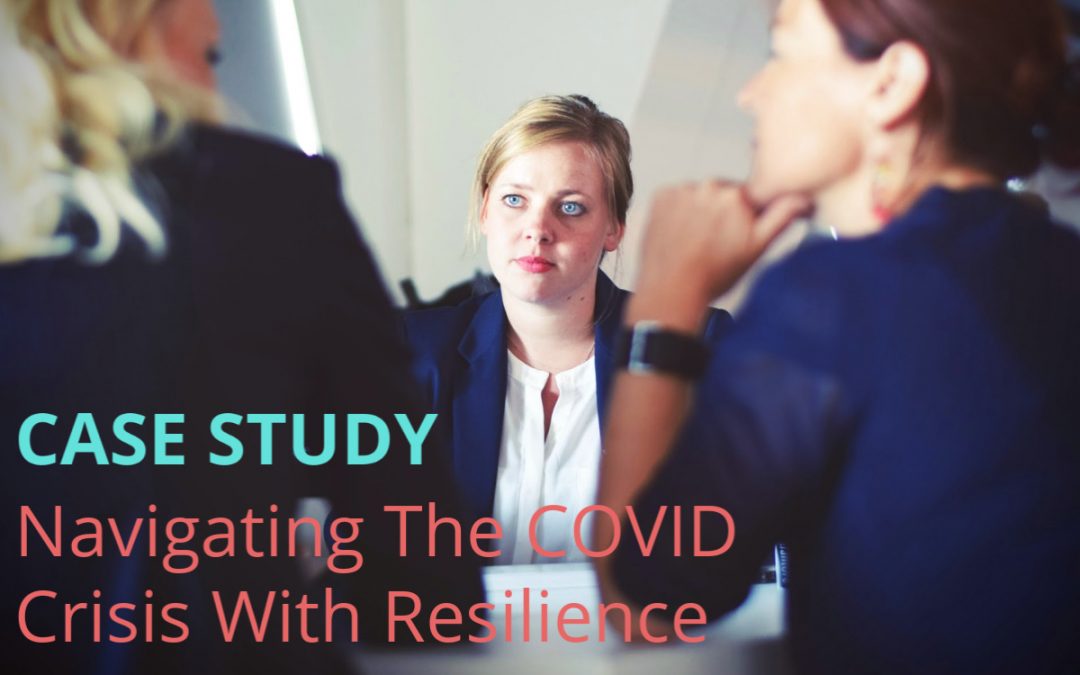Melissa had just received the biggest promotion of her long career at a teaching hospital when she hired me as her coach to help her “be her best” leader She was motivated and showed resilience to invest in herself because of the impact she would have at this higher level of leadership. Melissa saw the opportunity to create the kind of culture she is committed to. One where the staff maintains a connection to patients on a human level.
The Problem
When Melissa and I first spoke, she was feeling overwhelmed in her new role and said she wasn’t sure how to be effective. At first, she thought her biggest challenge was all the added responsibilities and politics. It didn’t take long to realize she’d done those tasks before.
We discussed her feelings, common to women, of the inner saboteur. Did she deserve a seat at this level of leadership? What if her best wasn’t good enough?
With a little coaching, we got to the real problem. Often the deepest level of a challenge feels like a paradox, contradictory on the surface. Melissa’s real question was: How do I keep up the pace of creativity and resourcefulness in this new role without burning out?
The Solution
When we were working on her Resilient Leader Way™ branding exercise, Melissa said she wanted to be a leader who could bring more humanity into the culture of healthcare. She wanted patients to feel connection on a human level and was afraid that was being lost.
Two important personal qualities that showed up for Melissa during our work together were empathy and personal wellbeing. Both of these help her find creative solutions without burning out.
Fortunately, we had just completed the leadership branding work when COVID-19 hit the nation. Now she knows the strength she brings as a leader and can make decisions that align with what she is committed to.
Resilience is not just how you recover from a crisis situation, but also how well you go into one.
Key Results
During the coaching, Melissa had a significant shift in her mindset. She could see the many ways she is perfect for her new role. Even when the hospital census doubled a week later, she was still calm and focused on communicating a plan. This is a natural gift for her and essential in a crisis.
Secondly, Melissa revised her approach to communication. Her focus shifted from sharing facts to listening for concerns and prioritizing needs. Especially in the early stage of a crisis, staff need empathy and a sense of safety to better focus on the work that needs to be done.
As she listened to the needs and concerns of her staff, Melissa felt more connected to them, which was important to her sense of wellbeing and resilience. Now instead of reacting to the crisis, Melissa can respond intentionally to find creative solutions with her team.
Next Steps
Looking ahead, we’ll continue to work on helping her build trust as a leader by focusing on authenticity and self-awareness. Her leadership brand statement is her compass as she guides her team through the unprecedented challenges of the COVID crisis.
I will continue to support her to boost resilience by coaching her to improve focus, efficiency, and creativity through her leadership development plan.
Click here to get your Personal Leadership Brand guidebook and learn more how a leadership brand statement can help you navigate a crisis with resilience.

